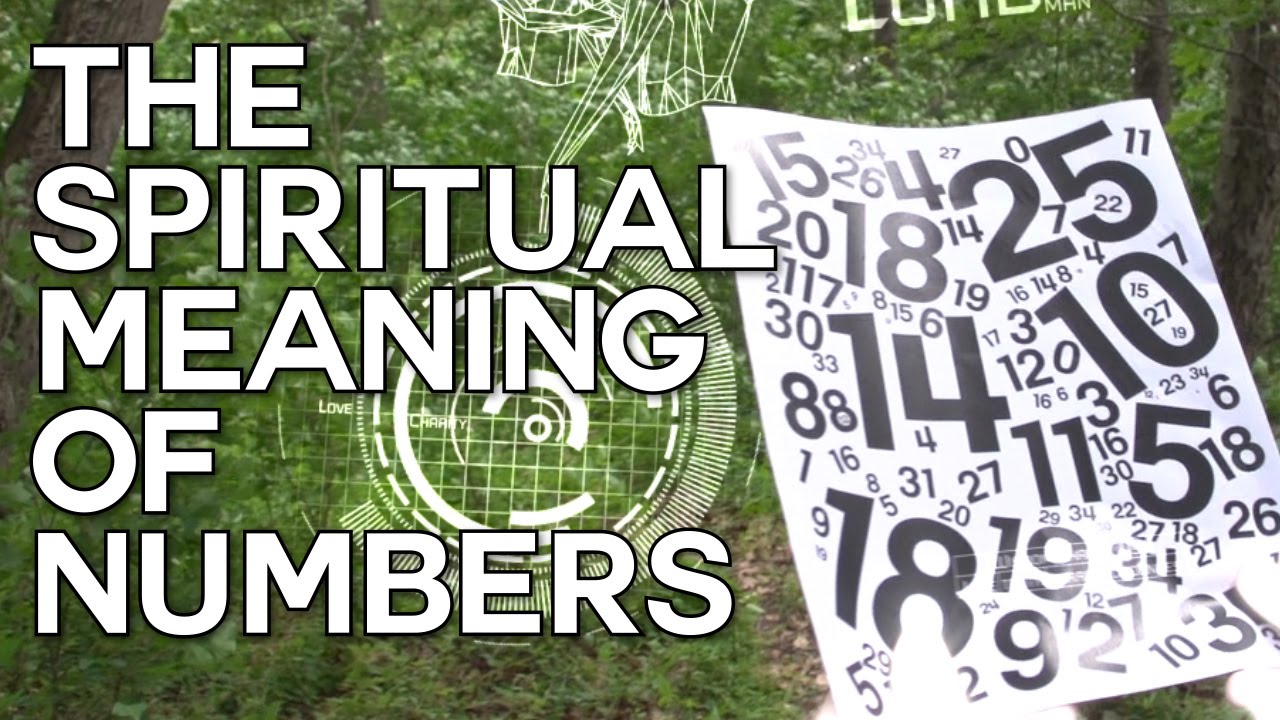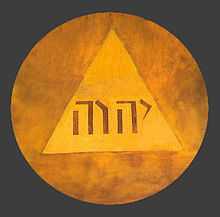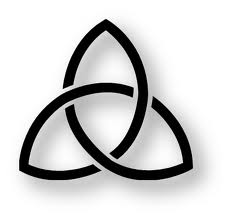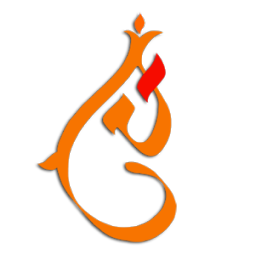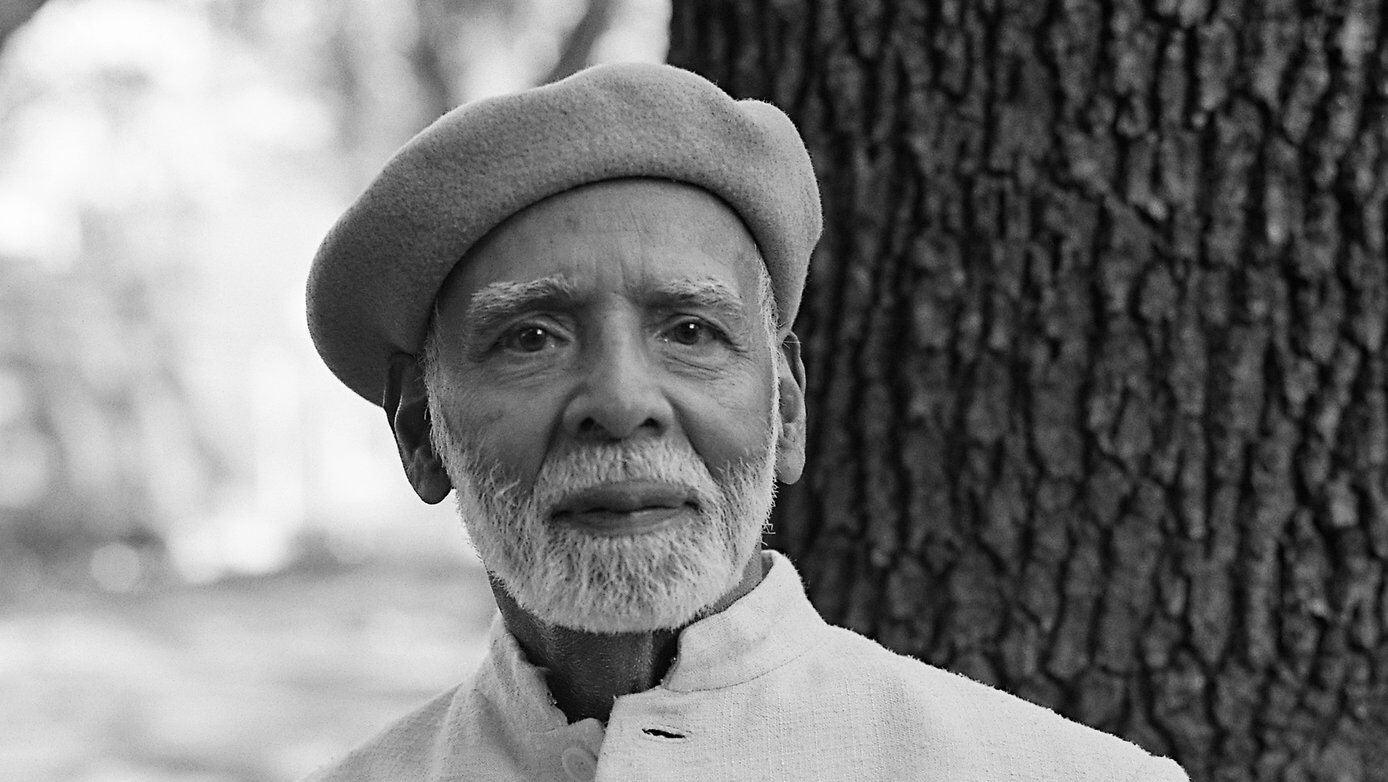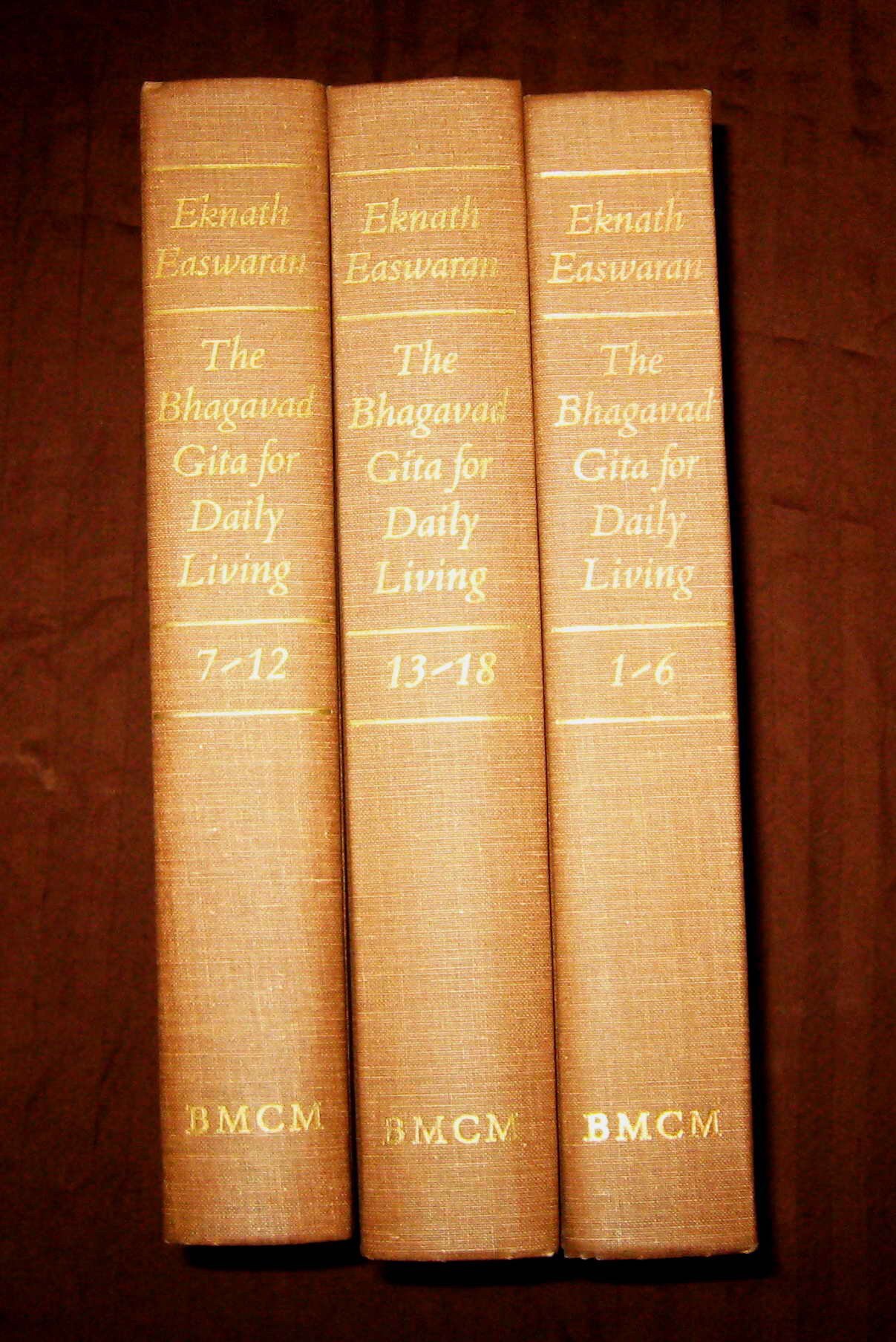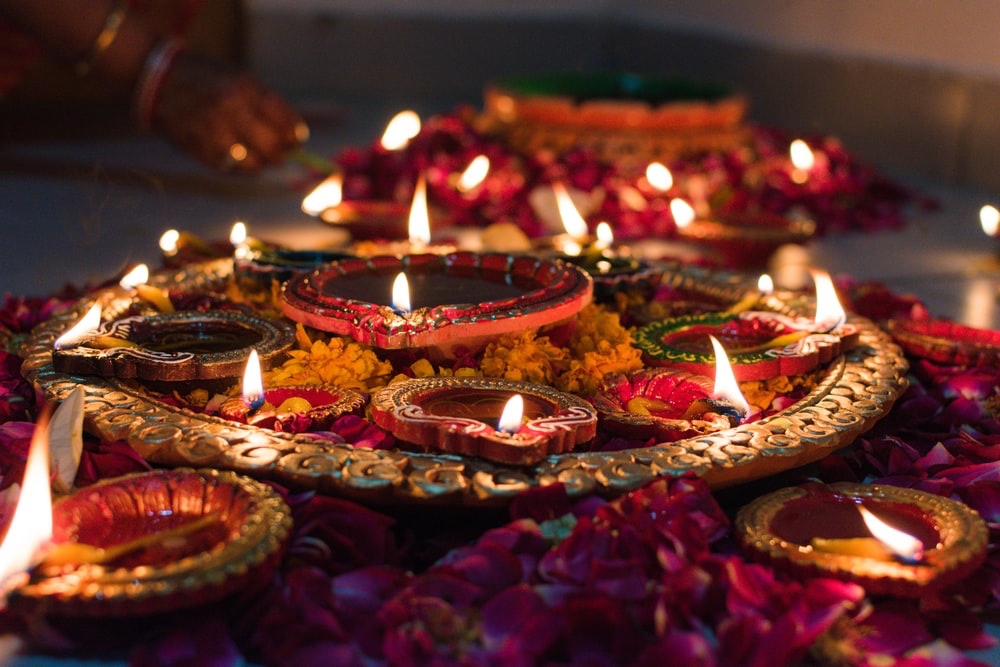
Diwali – Wikipedia
— Read on en.m.wikipedia.org/wiki/Diwali
History
The festival of Diwali is observed to celebrate the return of Lord Rama to Ayodhya, after spending 14 years in the forest. According to Ramayana, the eldest son of King Dasharatha was sent into exile in a forest for 14 years. His brother Laxman, and wife Sita accompanied him to the forest.
Also known as the festival of lights, Diwali is part of a five-day celebration that honors Lakshmi, the goddess of wealth. Celebrants light lamps, set off fireworks and gather with friends and family to exchange gifts and enjoy holiday meals together, honoring community and a new year.
Diwali, or Deepavali, a Sanskrit word meaning “rows of lighted lamps,” is a Hindu-originated festival celebrated in India and by the Indian diaspora. … In northern India, they mark the story of King Rama’s return to Ayodhya after he defeated Ravana by lighting rows of clay lamps.
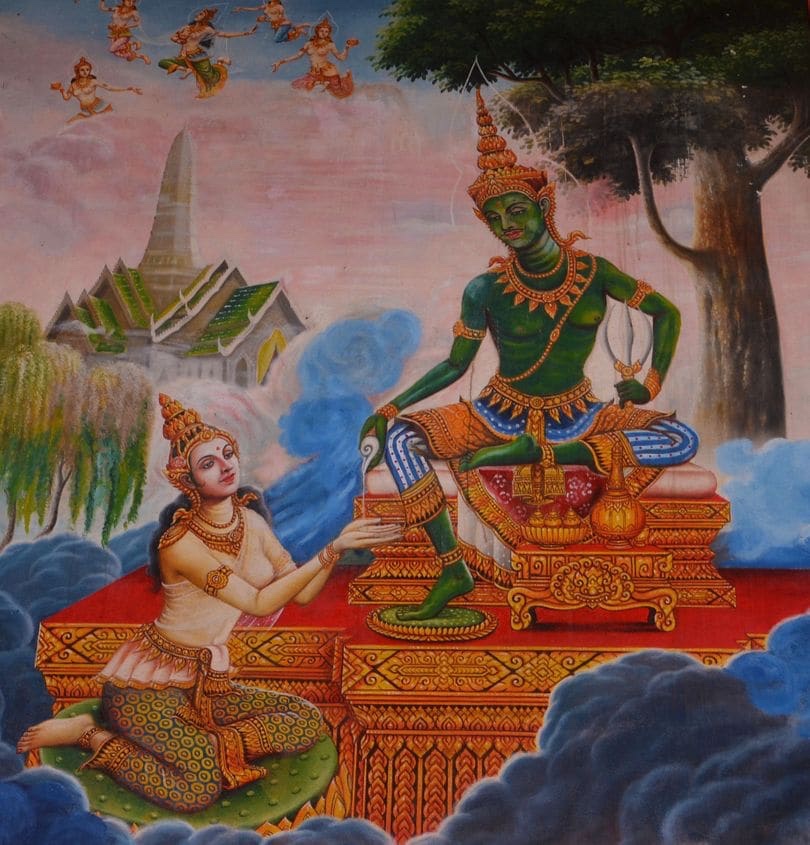
Each religion marks a different Diwali story and historical event.
In one of the main stories in Hindu mythology, Diwali is the day Lord Rama, his wife Sita Devi and brother Lakshmana return to their homeland after 14 years in exile. The villagers lit a path for Rama, who had defeated the demon king Ravana. Reenactments of this story are part of celebrations in some regions.
Another Diwali story in Hindu mythology is that Diwali marks the day Lord Krishna defeated the demon Narakasura and freed the people of his kingdom. After he slayed the demon, Lord Krishna declared it a day of festivities. In some parts of India, people burn effigies of the demon kings in both stories as part of the celebration.
People also celebrate the Hindu Goddess Lakshmi during Diwali. As the goddess of prosperity, wealth and fertility, the romantic Diwali story says that she chose Lord Vishnu, one of Hinduism’s most important deities, to be her husband on the night of Diwali.
In other cultures, Diwali coincides with harvest and new year celebrations. No matter which Diwali story you celebrate, it’s always a day of new beginnings and light over darkness.
The word Diwali comes from the Sanskrit word “deepavali”, which means “rows of lighted lamps”. Households across India celebrate by decorating their space with small lamps called diyas and other colourful lights.
People cover streets and buildings in festive lighting and there are lively songs and dance. Dazzling fireworks go off, creating a spectacle of noise and light. This helps to scare away evil spirits and celebrate the victory of good over evil.
Many consider Diwali to be a fresh start, similar to the Lunar New Year in January. Many people clean, renovate, decorate their homes and buy new clothes in preparation for the upcoming year.
Diwali is also a time to settle debts and make peace. It’s common for people to reach out to loved ones who may have lost touch and organise family reunions. In the past, Indian and Pakistani soldiers have exchanged sweets along the disputed border, as a gesture of Diwali goodwill.
Partial sources
https://www.trafalgar.com/real-word/diwali-story/
Wikipedia
Google

